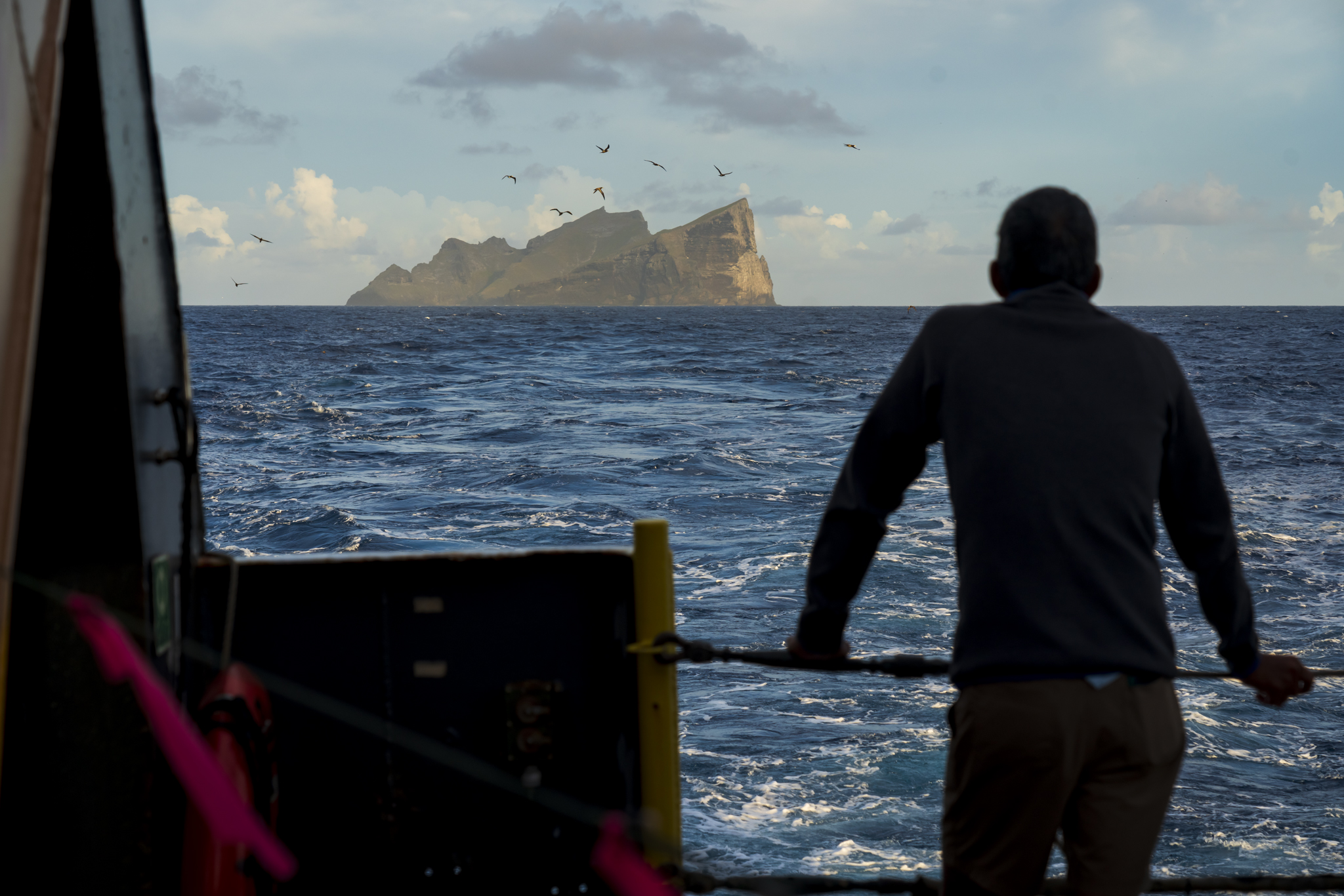.jpg)
Papahānaumokuākea! A place that fires one’s imagination with dreams of exploration and discovery.
In modern times, it can seem like the great sagas of human exploration are behind us – such as the first migrations out of Africa, the exploration of the Pacific by our navigator ancestors, and more recently, exploration of the deep sea and outer space.
In the context of a planet that has been explored non-stop for millennia, what is left for us to discover? Perhaps we need to look within ourselves.
Children are born with an innate sense of wonder. Every sight and sound is a new discovery to be explored and celebrated. As time passes, however, new discoveries become fewer, and that sense of wonder gives way to the more pragmatic realities of daily life.
Except…there are many of us who never fully grow up and lose that sense of wonder about the natural world. For the true natural history nerds, our greatest thrills come from getting wet and dirty and seeing what is around the next coral head, beyond the next drop-off, and ultimately, what is beyond the horizon.
But there is another important horizon to which we must navigate, one even more distant than the one we can see. It is the horizon of the future, the one that only the generations yet unborn will ever lay eyes upon.
And for such students, Papahānaumokuākea shines like a beacon – a source of knowledge to which we can return repeatedly. With each visit, we gather small pieces of understanding of our place in the natural world; knowledge that will help chart a course into the future for those with the patience to learn.
.jpg)
One of the last truly great wild places left on Earth, Papahānaumokuākea National Marine Sanctuary (PNMS) ranks with the African Serengeti, the Arctic National Wildlife Refuge, and the Amazon Rainforest.
But perhaps most importantly, Papahānaumokuākea represents the greatest natural laboratory on Earth for Kānaka Maoli, because it is somewhere we can go to learn about ourselves.
PNMS is a mirror into which we can gaze – one that offers a painfully unflinching view of ourselves. Our hopes and dreams for a better future are clearly visible in this mirror, as are our faults and shortcomings. We can see our successes in protecting large swaths of ocean, even as we can see the detrimental impacts of human activities.
Most disturbingly, we can see our society’s failures to address existential problems for which obvious solutions exist – such as climate change and marine debris. It is in this context that Papahānaumokuākea is at her most valuable: a living reminder that the most important and challenging of all human frontiers remains unexplored – the frontier that exists in the hopes, dreams, and aspirations of the next generation.
PNMS is a place that young people need to experience first-hand, in the hopes that it will inspire future generations to make better choices than we have. The greatest saga of human exploration lies ahead of us, and the answers lie within us. I have faith that our young people will rise to meet this challenge. Using Papahānaumokuākea as a vantage point will give them a retrospective view of our past, and a vision for a better future.
Randy Kosaki recently retired as NOAA’s Research Coordinator for PMNM/PNMS. His first research cruise to PNMS was in 1982, and he has spent the last 20 years exploring PNMS’s mesophotic coral ecosystems, deep coral reefs at 150-330+ feet in depth. Working with Papahānaumokuākea Native Hawaiian Cultural Working Group, numerous new species discovered at these depths have received formal scientific species epithets (names) in ʻōlelo Hawaiʻi.
